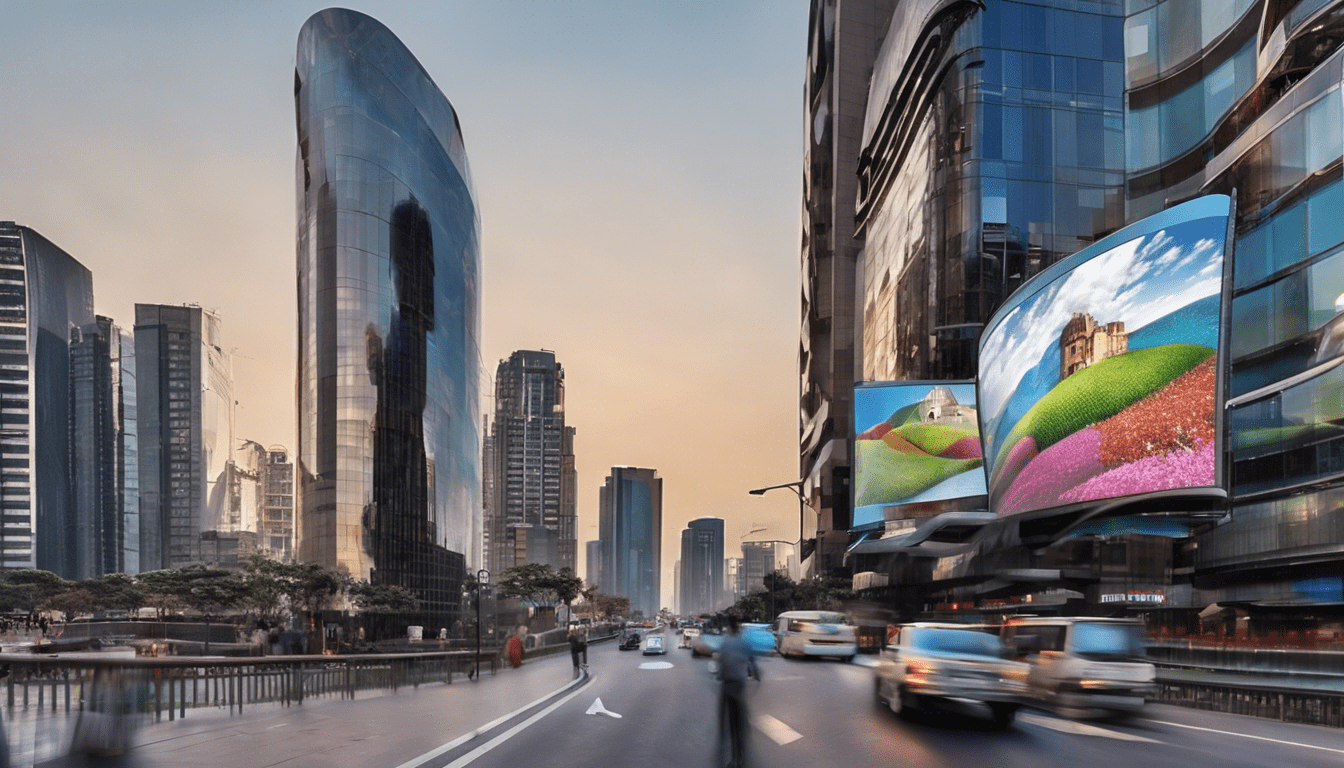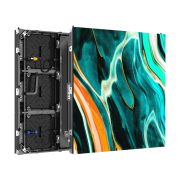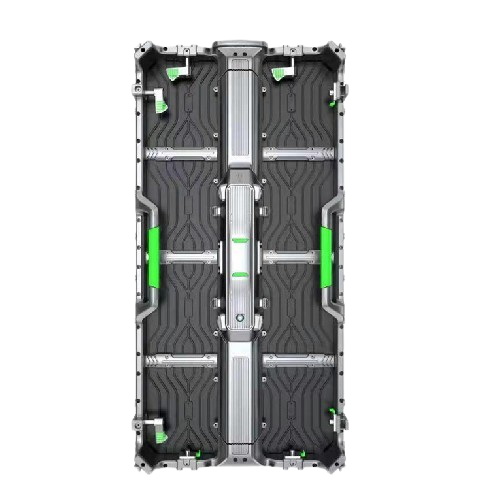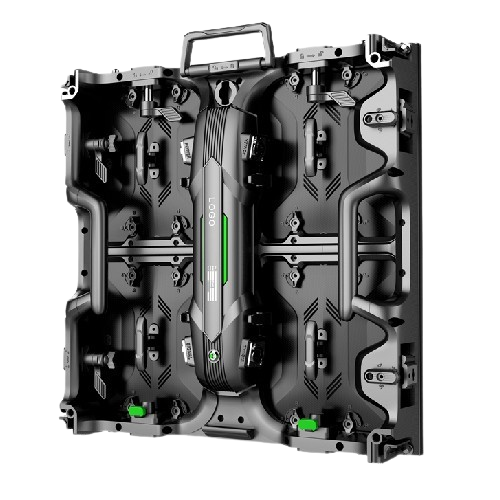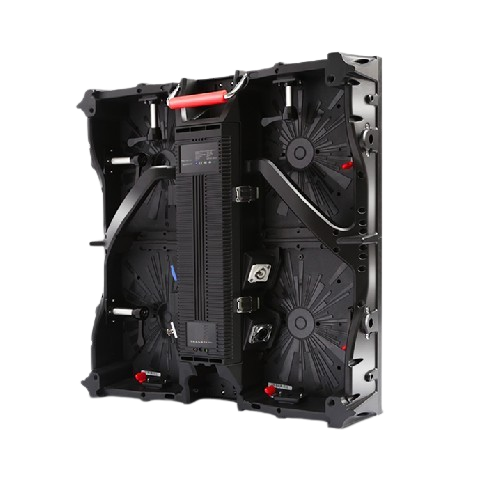Revolutionizing Visual Displays: Curve LED Display Screen Manufacture
The Evolution of LED Display Screens
The world of visual displays has seen a significant transformation over the past decades, from traditional cathode ray tube (CRT) screens to modern LED display technologies. One of the most revolutionary advancements in this field is the curve LED display screen manufacture. This innovation is not just a technological marvel but also a visual treat that enhances the viewer’s experience manifold.
What is a Curve LED Display Screen?
A Curve LED Display Screen is essentially an LED screen that has a curved surface. Unlike flat LED screens, curved displays mimic the natural curvature of the human eye, providing a more immersive viewing experience. These screens are commonly used in various applications, from home entertainment systems to commercial advertisements and public displays.
Advantages of Curve LED Display Screens
- Enhanced Viewing Angles: Curved screens provide a wider viewing angle compared to flat screens.
- Reduced Glare: The curvature helps in reducing reflections and ambient light glare.
- Immersive Experience: The curved design draws the viewer into the screen, providing a more immersive experience.
- Versatile Design: Perfect for creating eye-catching commercial and advertising displays.
How are Curve LED Display Screens Manufactured?
The manufacturing process of curve LED display screens involves several intricate steps, each of which is crucial to the final product’s quality and functionality.
Design & Prototyping
Designing a curve LED display screen starts with conceptualization and prototyping. Engineers and designers work together to create detailed blueprints and 3D models of the screen. Advanced software tools are used to simulate the screen’s behavior and performance in real-world conditions.
Selection of Materials
The choice of materials significantly impacts the quality and durability of the screen. High-quality LED panels, flexible PCB boards, and robust housing materials are selected to ensure the screen can withstand various environmental conditions.
LED Panel Fabrication
The LED panels are fabricated using state-of-the-art technology. The fabrication process involves:
- Deposition of Semiconductors: This is where the LED chips are created.
- Encapsulation: Protecting the LED chips from external damage.
- Testing: Each panel is rigorously tested for performance and quality assurance.
Curving the Screen
This is the stage where the magic happens. The flat LED panels are carefully curved using specialized machinery. This process must be meticulous to avoid damaging the delicate LED components. The curved panels are then mounted onto flexible PCB boards, which allows them to retain their curved shape while functioning correctly.
Assembly
The final assembly involves integrating all the components, including the LED panels, drivers, controllers, and housing. Each unit undergoes comprehensive testing to ensure it meets quality standards and performs optimally.
Applications of Curve LED Display Screens
Entertainment and Home Theaters
One of the primary applications of curve LED display screens is in home entertainment systems. The enhanced viewing angles and immersive experience make them a popular choice for home theaters and gaming setups.
Commercial Advertising
Curve LED display screens are extensively used in commercial advertising. Their unique design captures more attention, making them ideal for billboards, shop displays, and trade shows.
Public Displays & Signage
These screens are also used in public displays and signage. Airports, train stations, malls, and stadiums often use curved LED screens to provide information and advertisements to large audiences.
Challenges in Curve LED Display Screen Manufacture
Despite their numerous benefits, manufacturing curve LED display screens comes with its own set of challenges.
High Production Costs
The process of curving LED panels is more complex and expensive compared to flat screens. This results in higher production costs that are often passed on to the consumer.
Technical Limitations
Curving an LED panel without compromising its performance is a technical challenge. It requires precise engineering and high-quality materials to ensure the screen remains functional and durable.
Quality Control
Ensuring consistency in quality across all units is another significant challenge. Each screen must undergo rigorous testing, which adds to the production time and cost.
The Future of Curve LED Display Screens
The future of curve LED display screen manufacture looks promising, with numerous technological advancements on the horizon.
Integration with AI
Artificial Intelligence (AI) is expected to play a significant role in the future of curve LED screens. From smart advertising displays to interactive public information systems, the integration of AI can substantially enhance the functionality of these screens.
Improved Energy Efficiency
Researchers are continually working on making LED displays more energy-efficient. Future iterations of curve LED screens are expected to consume less power while providing brighter and more vibrant displays.
Enhanced Durability
Advancements in materials science are likely to produce more durable and resilient screens, capable of withstanding harsher environmental conditions.
Conclusion
The manufacture of curve LED display screens is a testament to how far we’ve come in the world of visual display technology. These screens offer numerous benefits, from enhanced viewing angles to a more immersive experience, making them a valuable addition to various applications, including home entertainment, commercial advertising, and public signage. As technology continues to advance, we can expect even more exciting developments in the field of curve LED display screen manufacture.

